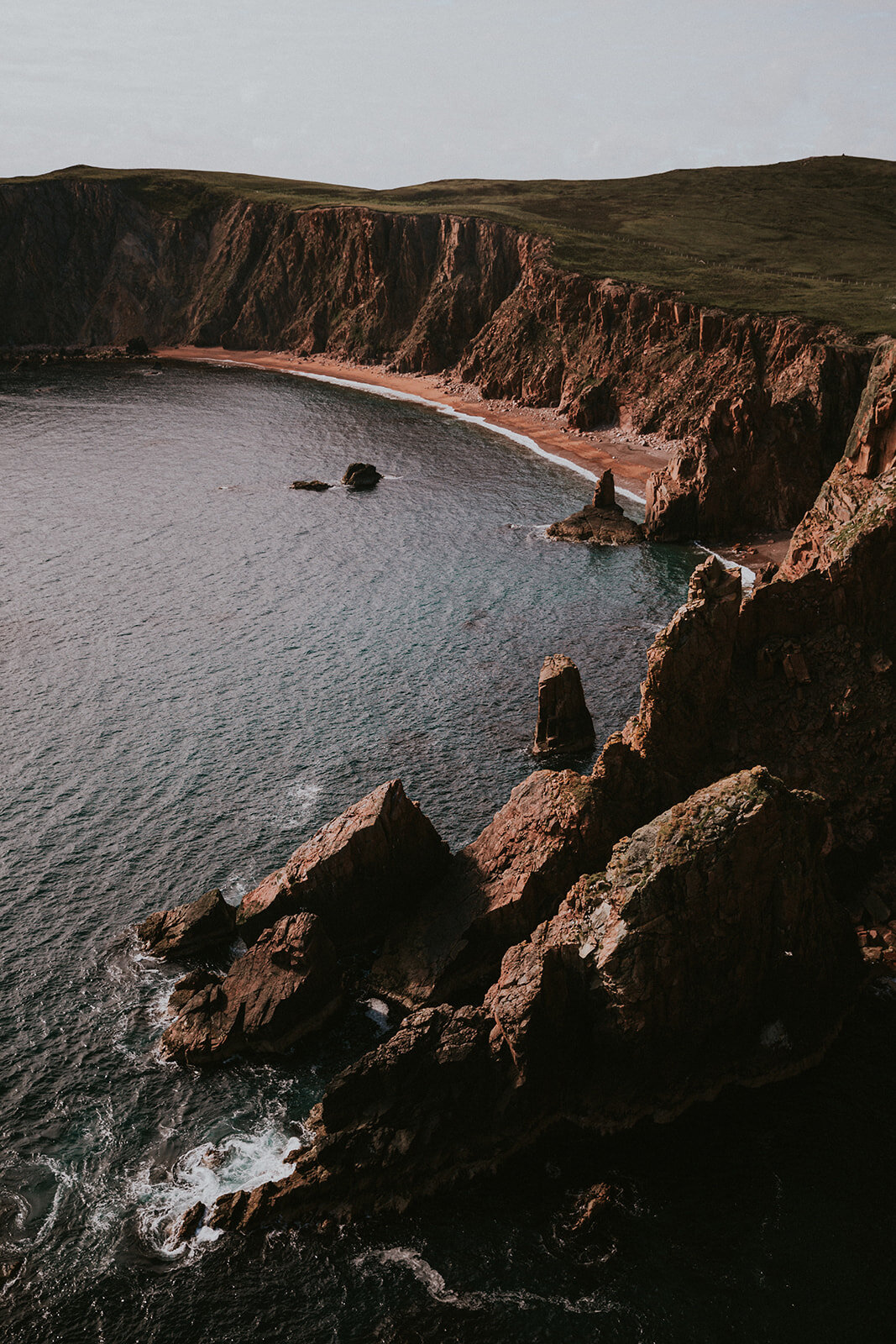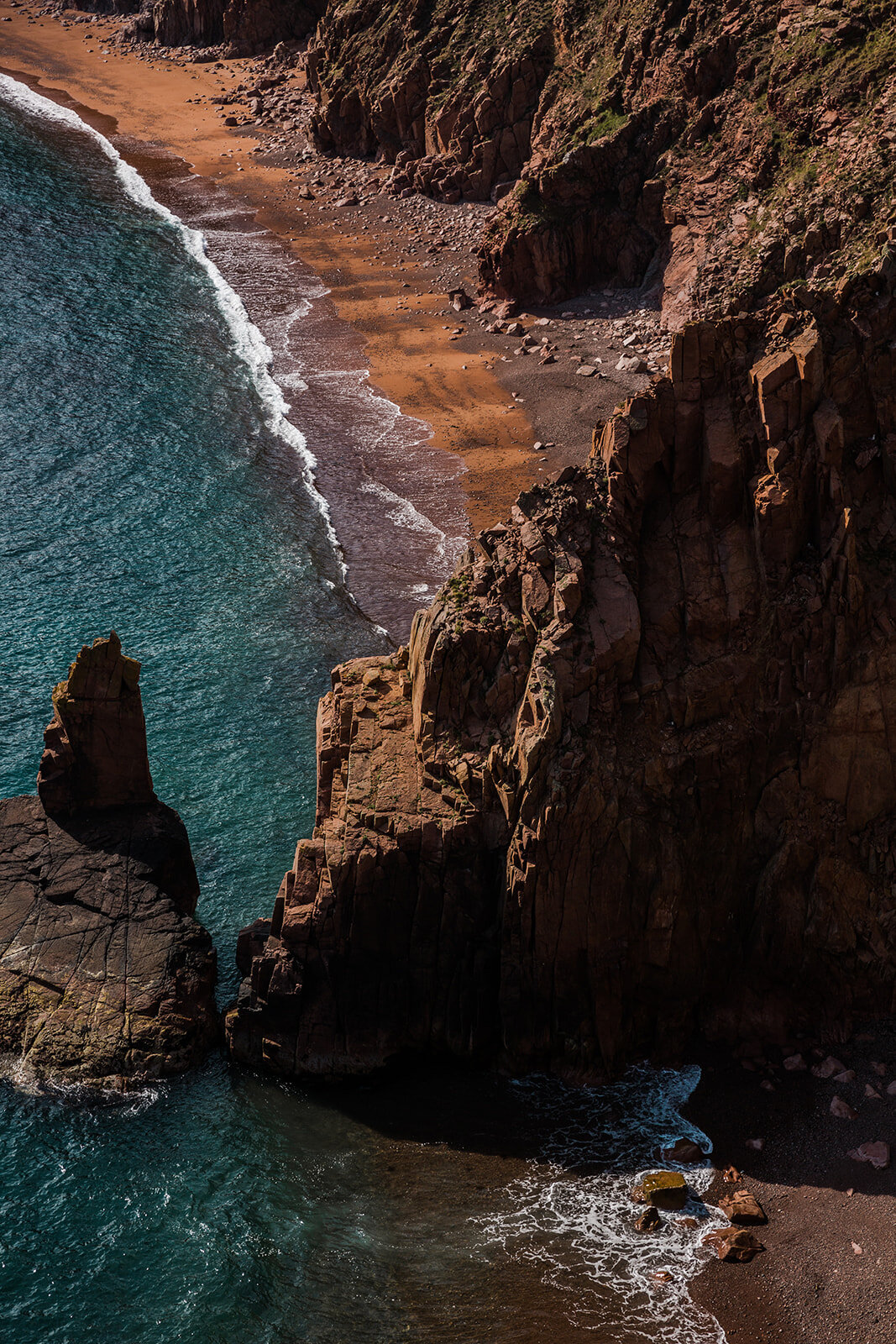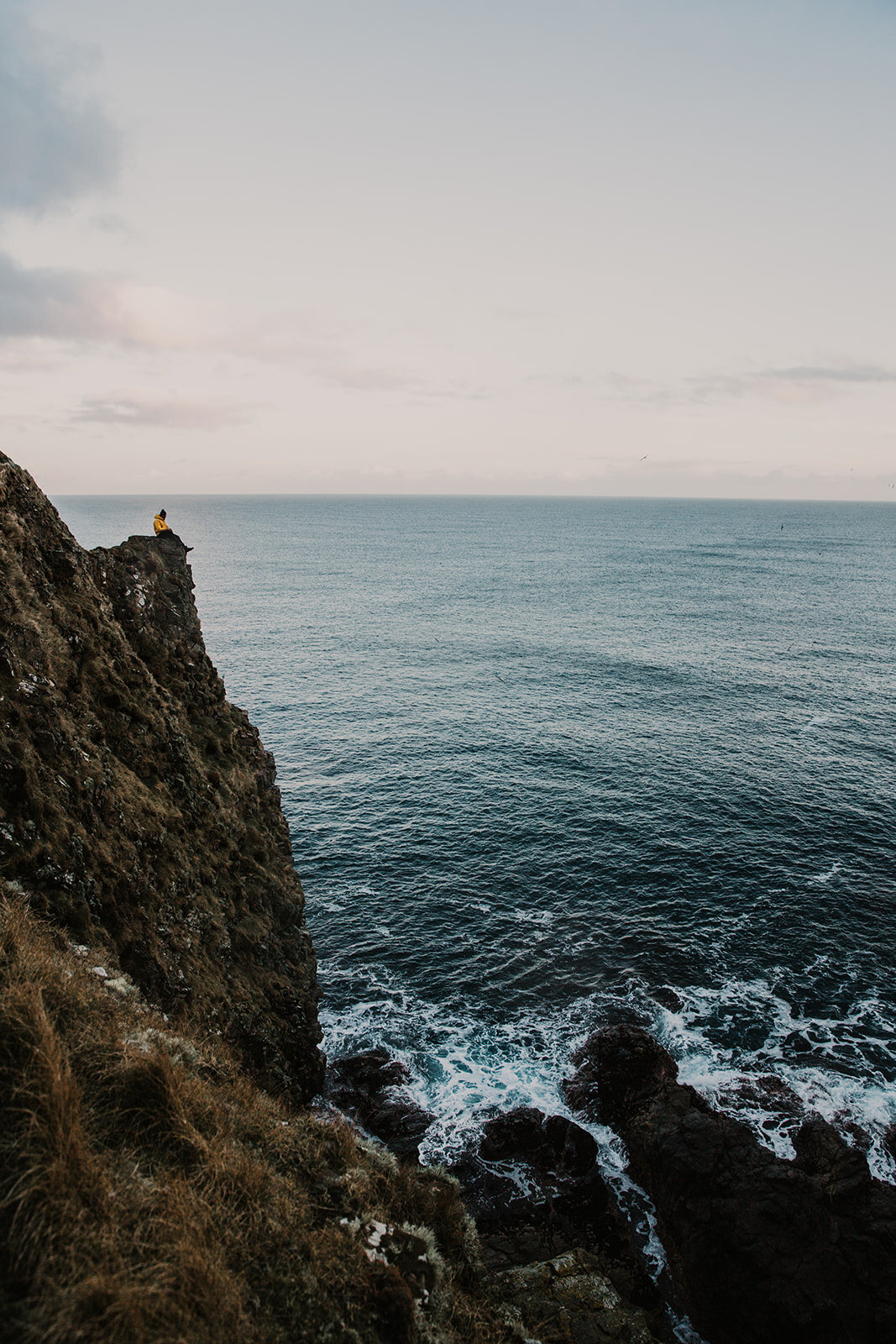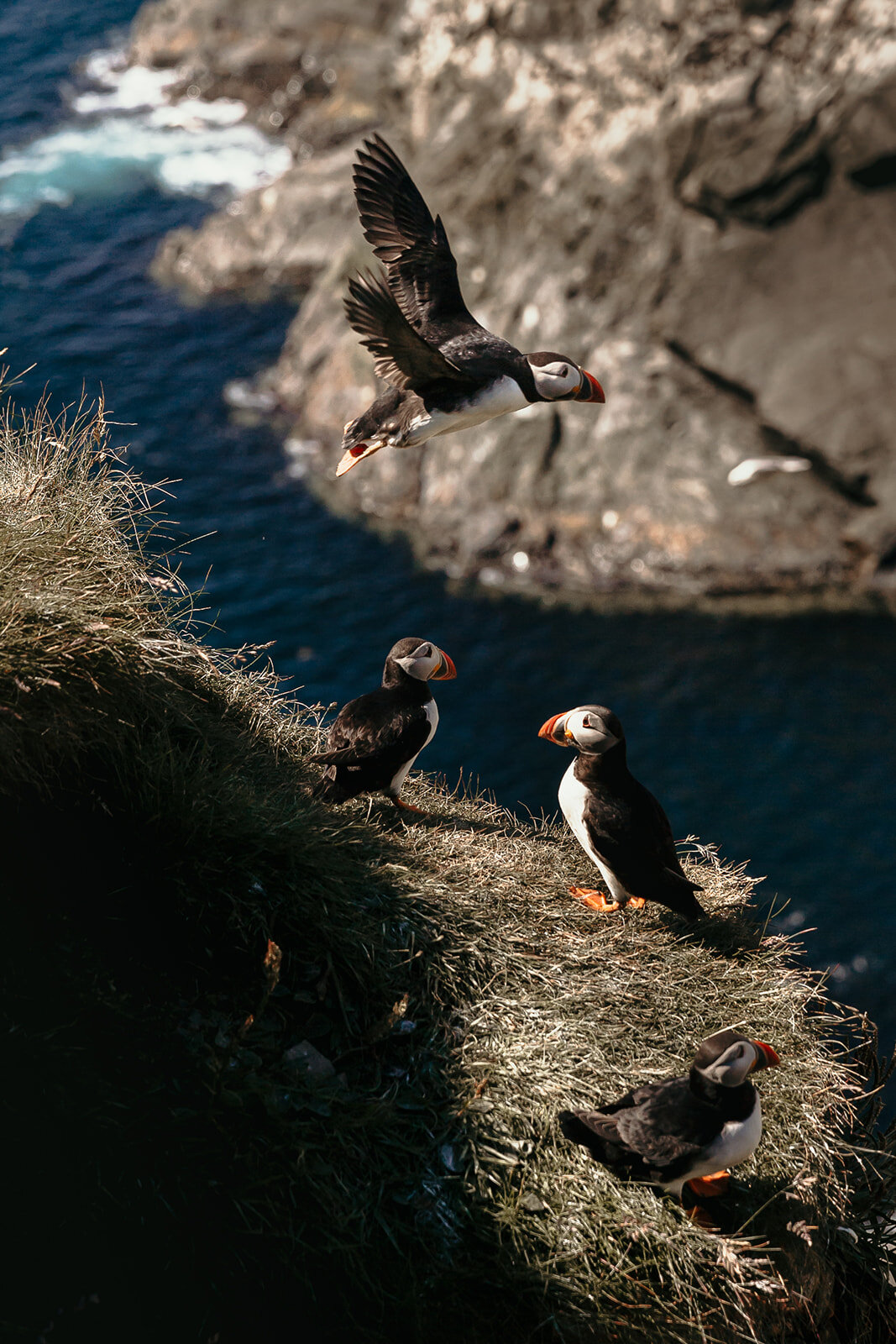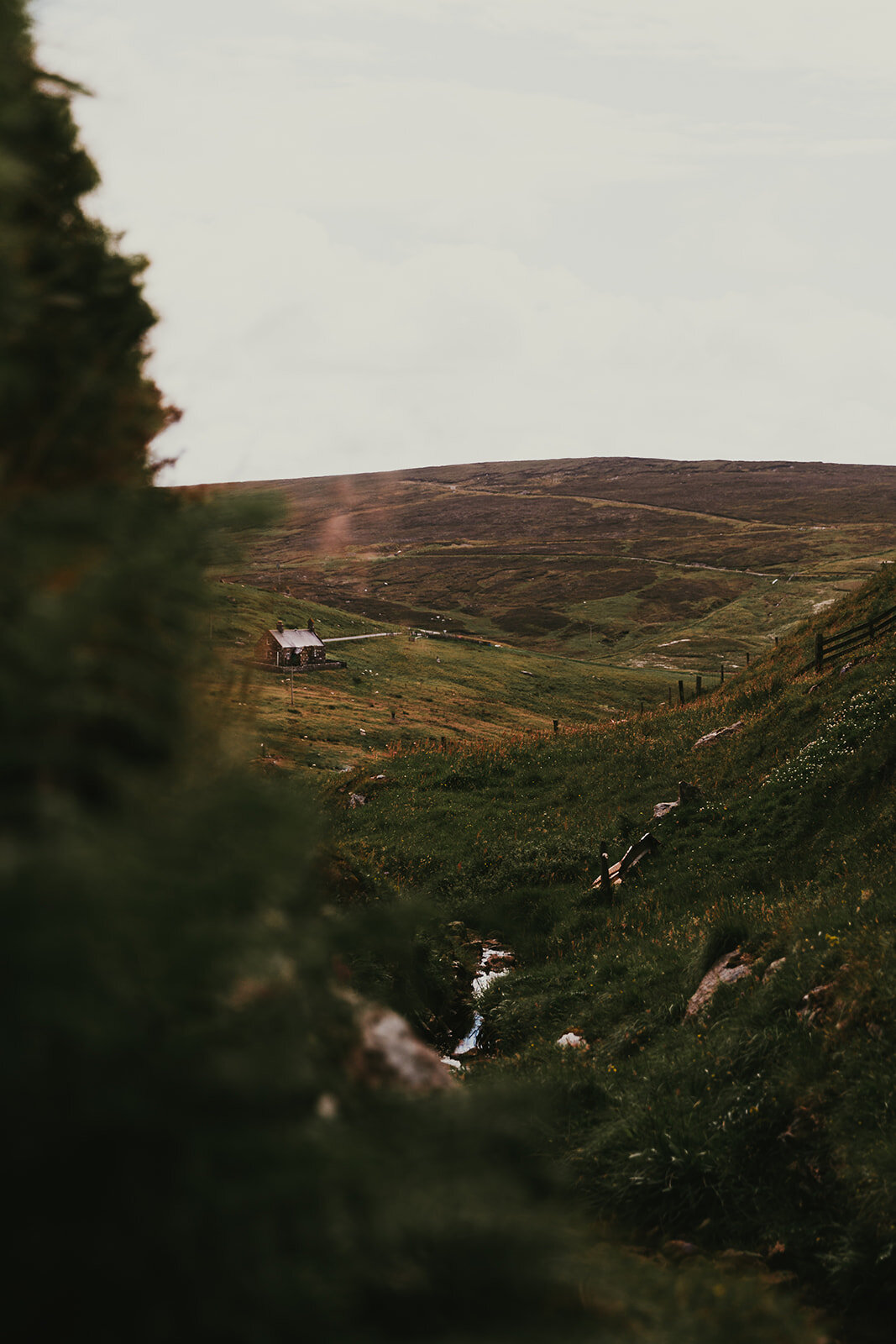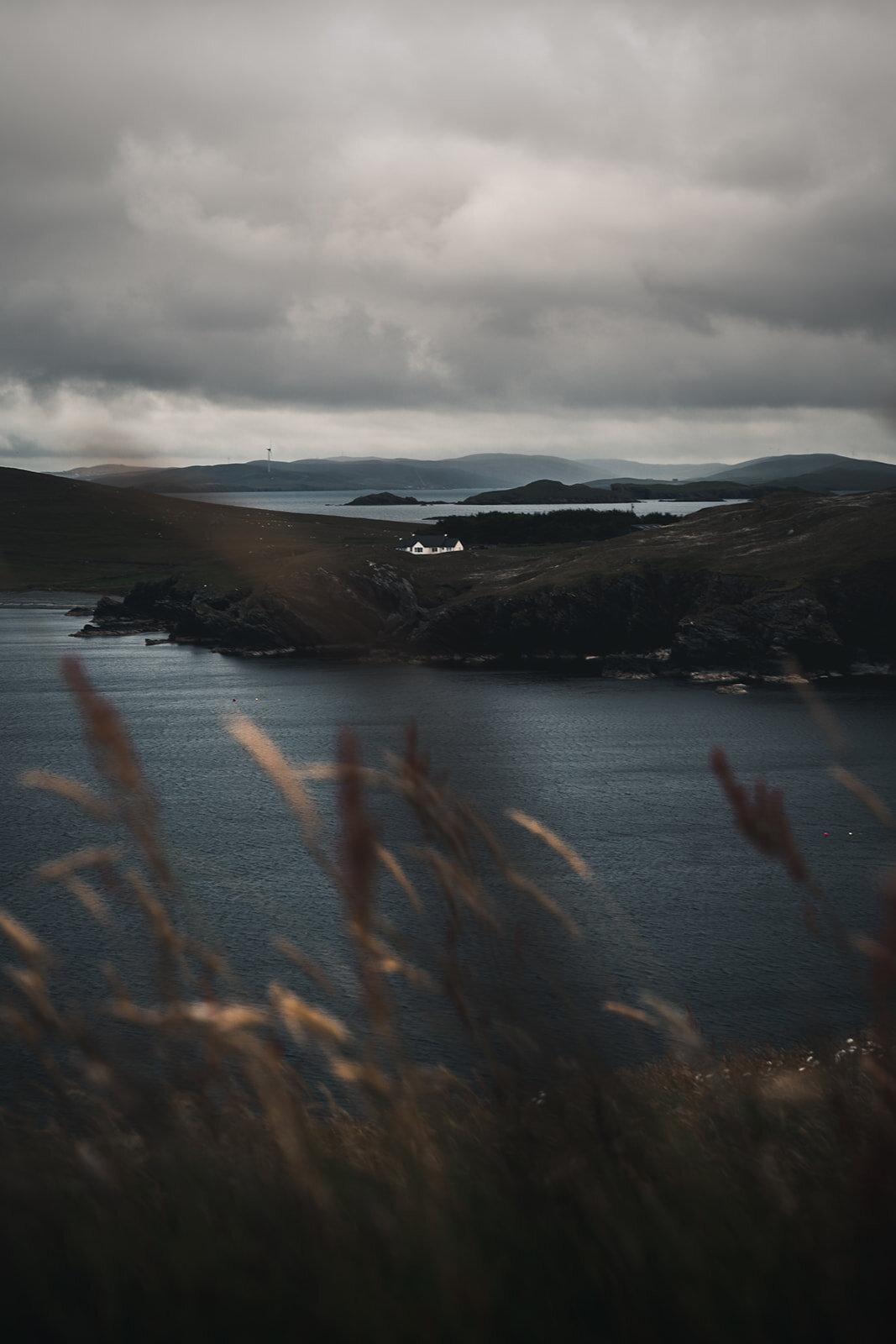Shetland: life on the edge
Lying roughly 100 miles off the coast of Scotland, the Shetland Islands are Britain’s most northerly outpost. Local resident and photographer, Susan Molloy, shows there’s more colour to life on these islands than their bleak portrayal in the hit TV crime series, Shetland.
If you search for Shetland on the internet, you’ll quickly find a thing or two about these ambiguously Scottish islands. You’ll discover their rich Norse heritage and Viking culture, their true remoteness and stories from a creative and strongly connected community. For outdoor enthusiasts, images will do what they can to expose the wild landscapes and wilder seascapes. Picture steep hills of bright red granite and black volcanic rock, cloaked in vibrant heather, muted browns and dark, khaki greens. These rugged shores are flanked in some areas by violent Atlantic swells, and by calm, Caribbean-blue oases in others. What you can’t sense online, though, is the way that Shetland stirs the soul.
Three miles is as far as you can travel in any direction on the mainland of this cluster of northerly islands, before you encounter seawater. And it can sneak up on you. What may seem to be a steady, flat piece of land can suddenly disappear, leaving you exposed to the biting wind off the Atlantic Ocean, or the North Sea, depending on which side you’re on. These dramatic cliff edges can be found all over the islands. There are over 2,500 miles of coastline to explore, and in the summer months these cliffs often merge with bright turquoise sandy coves.
Whether it’s spotting orcas from a cliff-top park bench in Lingness, jet skiing through the inlet of Ronas Voe, or coasteering in Fladdabister with puffins overhead, it’s the sea that truly ties life here together, and it always has. In Northmavine you can throw a stone from the Atlantic Ocean to the North Sea, and at St Ninian’s Isle you’ll find the largest tombolo in the UK. In Burra you can enjoy a sunset swim in a large natural rock pool, while looking out towards Foula — one of Britain’s most remote permanently inhabited islands, with a population of just 30.
Sea stacks of varying sizes are dotted alongside the islands, including the Drongs off the coast of Hillswick: sharp granite spikes that rise from the water like mythical beings. Glance over the edge and you’ll spot gannets, fulmars and puffins suspended on the breeze. Seabirds scatter the remains of sea life across the islands — crab claws and sea urchin shells that provide an occasional crunch underfoot on coastal walks.
In the cold winter season, swims, hikes and climbs are swapped for nights lying in empty roads, watching the aurora borealis, and for Up Helly Aa preparations — the twelve fire festivals held annually across the islands to celebrate their Viking heritage, and to mark the end of the long nights. During these bleak but often beautiful winter weekends, we switch the camping gear for climbing gear and head to the indoor wall at Aith — home to one of the mainland’s honesty cake fridges. There are honesty boxes all over Shetland, where farms and producers stock wayside cabinets with free range eggs, pastries and other treats. Passersby leave their money with a note of what they bought and go on their way.
Cliffs, natural arches, waterfalls, caves, endless walks and some of the friendliest people that I’ve ever met — Shetland is far more than just sheep roaming the barren hills of murder-filled islands, as depicted by the TV detective series. (Shetland actually has one of the lowest crime rates in Europe). It’s not all epic outdoor excursions, though; Sunday evenings can quite easily be spent sitting on the pier at Lerwick, drinking a flask of tea and watching Arctic terns dance and dive into the shallows of the harbour. The rippling reflections of the pink and peach pastel skies are just as rewarding as any eight-hour hike. I didn’t know that I needed a taste of Shetland life until I found myself here, and I hope that one day your boots will land here too.
All photos © Susan Molloy


